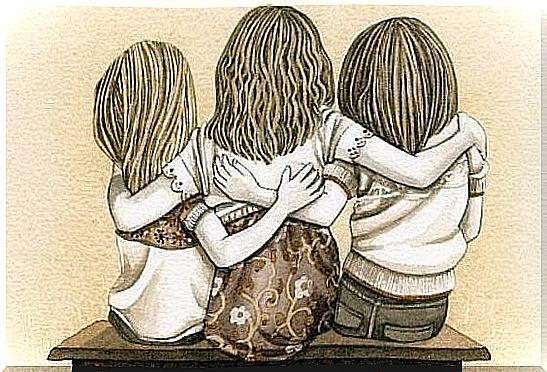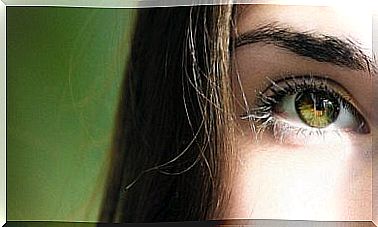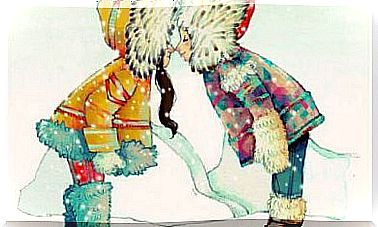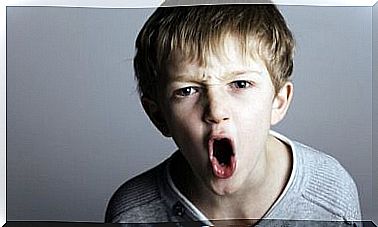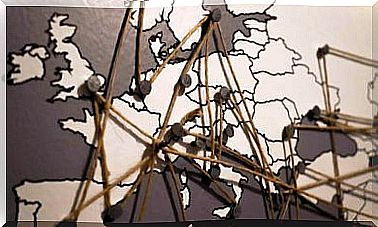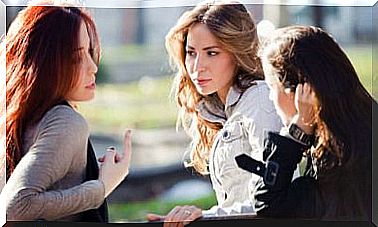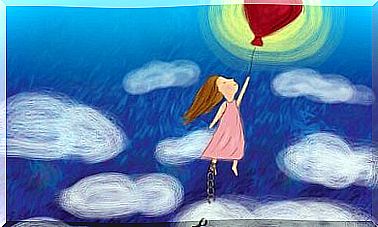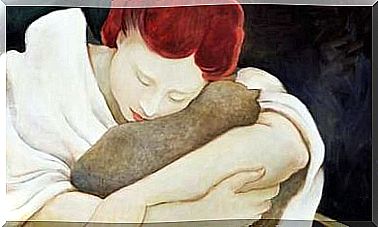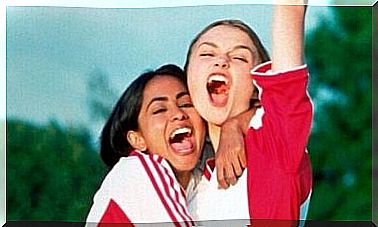How Do Children Perceive The Concepts Of Right And Wrong?
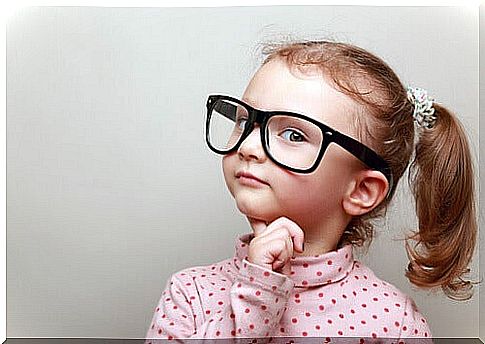
One of the most complicated educational problems inherent in childhood is how to teach children the difference between what is right and what is wrong . Partly because in order to teach the concept of right and wrong it is necessary to give a coherent example. However, to teach them this difference, it is very important to understand how children perceive the notions of right and wrong.
Until recently, it was considered that young children were not able to construct adequate moral judgment insofar as they did not take into account certain aspects, such as intentionality. Yet, thanks to research, it has been shown that children are able to assess what is right and what is wrong in ways much more like adults than we thought.
Swiss psychologist Jean Piaget, known for his theory of cognitive development, explained that children progress through the stages of moral reasoning as they mature. Later, other psychologists also studied how moral development occurs and how children perceive notions of right and wrong.
To study moral reasoning, Piaget presented stories to young children. After collecting many responses to several stories involving morality, Piaget argued that children cannot take intentions into account in order to judge the morals of others, but instead focus on events, not on them. intentions.
Psychologist Lawrence Kohlberg also presented a theory of moral development. Kohlberg presented moral dilemmas to children to determine how they perceive notions of right and wrong. For Kohlberg, young children between the ages of 2 and 10 determine right and wrong by citing punishments or rewards. If something generates the punishment, it is wrong. However, the answer to the question of how children perceive the notions of right and wrong is not so simple.
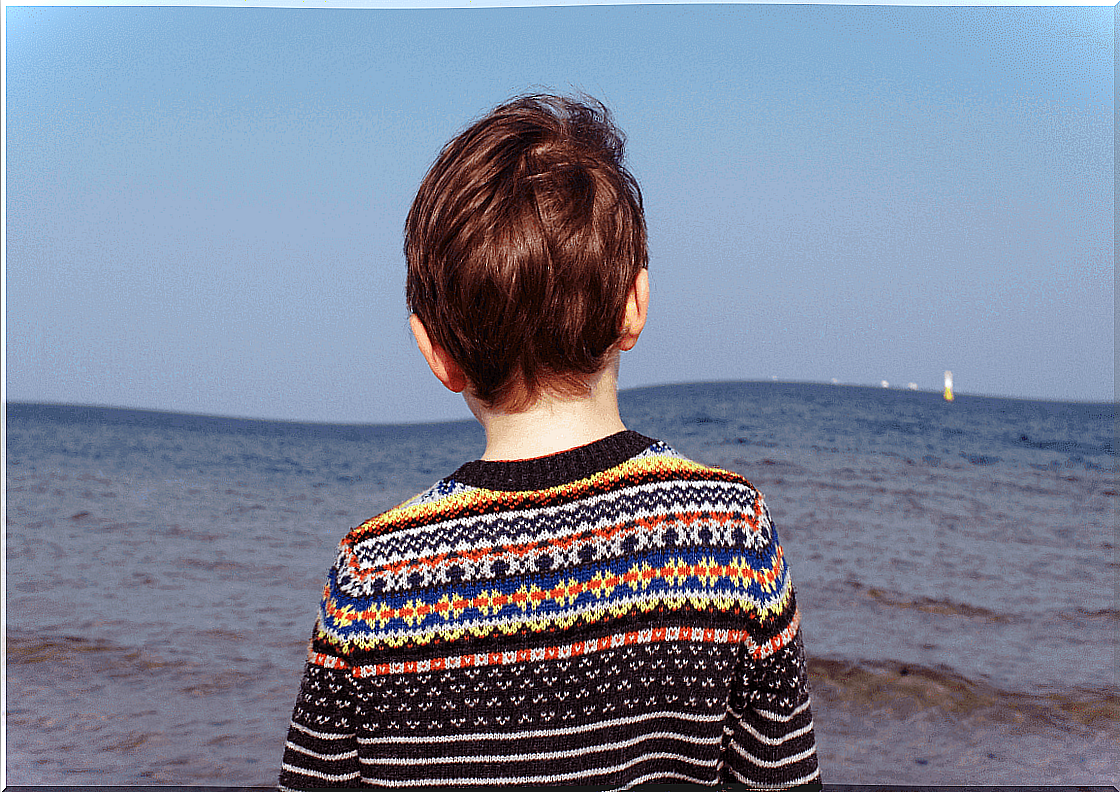
Does intention concern children?
However, do children really ignore intention? More recent research shows that step theories are misleading. Indeed, several studies have shown that if researchers insist on the intentions of the characters throughout a story, with the help of images or toys to help children understand, the latter integrate the intentions into their judgments. .
One of the reasons that intentions should be emphasized is that it is difficult for children to remember all the details, including the intentions, in a scenario. While we do not specifically ask children to remember the intentions behind an individual’s actions, they base their judgments on the most recent characteristic of a story: the outcome.
But how important are intentions and results? Research with children and adults suggests that the judgment of an intention can change depending on the outcome of an action. Indeed, our beliefs about the intentions of others change depending on whether the result of their action is good or bad. If the side effect of an action is a bad result, both children and adults will tend to think that the person intended to cause it.
Good or bad depending on the indirect consequences
So why are children and adults more likely to say that actions with negative side effects are intentional? An answer to this question may be the violation of the norm. Indeed, the philosopher Richard Holton asserts that our intuitions about intentions are explained by the fact that an action violates or maintains a norm.
If a rule is violated, we consider the action to be intentional. On the contrary, if a standard is maintained, we do not see the action as intentional. In other words, we believe that people effortlessly follow the rules, but make a conscious effort to break them.
This is what we call the Knobe effect, a particular asymmetry in attributing intentionality to a person in relation to the expected collateral effects of their action, which depend solely on the moral evaluation of the effect. and without anything changing in the judged situation. Thus, if the side effects are bad, they will be considered to be intentionally produced, which is not the case for the good side effects.
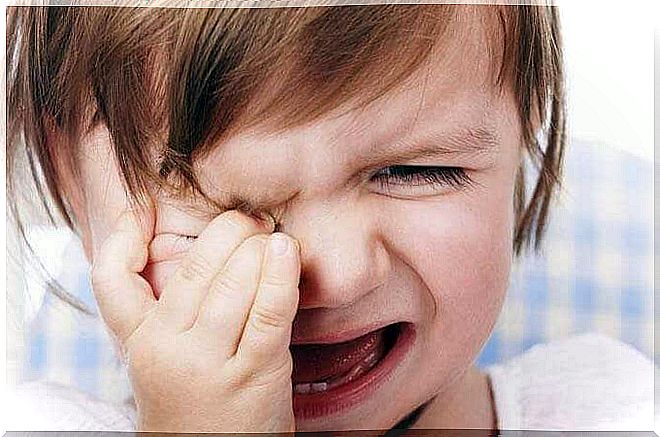
Children’s thoughts on the concepts of right and wrong
Recent research suggests that children’s moral reasoning is more complex than we previously thought. Early studies that used moral dilemmas were flawed due to their complexity and lack of understanding of children’s cognitive abilities.
From more recent research, we know that when questions are asked in a clear and understandable way, children reflect adults’ tendency to weigh intentions and results in their moral judgments.
